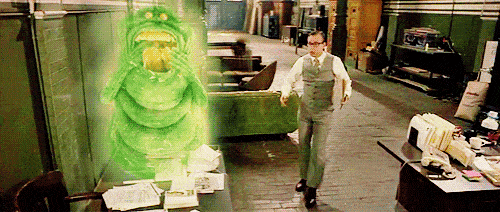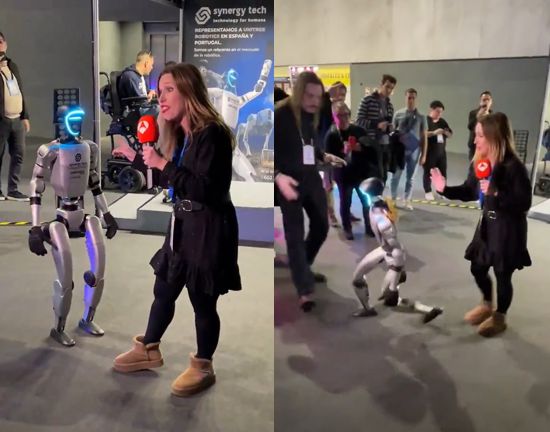Porn Discounts Sex Games Porn Games Juegos XXX Hentai Games PornStar Games 3D Porn Tantaly Sex Doll Cupsland Sextoy Live Cams DeepNude AI
Live Sex Free Live Sex Free Sex Games PŠginas Porno Rose Toy Free OnlyFans Celebrity Fappening Celebrity Sex Videos TikTok Porn Best OnlyFans
Live Sex Free Live Sex Free Sex Games PŠginas Porno Rose Toy Free OnlyFans Celebrity Fappening Celebrity Sex Videos TikTok Porn Best OnlyFans
Published on 2023/10/04
BETTER TO NOT HAVE HELPED

You know how sometimes you try to help and it feels like you just make things worse? Does that mean you shouldn't help others? No. It means you should know your limits and not get involved where you're not needed.
ExtraBall
Slimer, the green ghost from Ghostbusters, Japanese version.

|
➡️ Let's do real, be real with Tantaly, the sex doll torso leader |
ExtraBall2
(Clicking on these links daily you support ALRNCN's work. They're collaborators or sponsors and, by visiting their sites, they like us even more)







THE MOST INTENSE RIDE AT THE FAIR
When you get on a fair ride, you assume you're going to come out unscathed thanks to strict safety controls. However, this particular ride failed in its purpose to keep people safely in the air.
The structure holding the passengers collapsed and fell to the ground. Fortunately, no one was hurt, but the scare was significant.

# Watch videos
ExtraBall by david
Slow-motion of the day.
ExtraBall2
(Clicking on these links daily you support ALRNCN's work. They're collaborators or sponsors and, by visiting their sites, they like us even more)











THE SIGN
The owner of a pub in Kiev has a sign in front of his establishment that acts like a magnet for all those who walk distractedly along the sidewalk. The security camera at the place keeps capturing funny moments, creating a collection of memorable situations.

# Watch video
ExtraBall
The slow motion of the day.
ExtraBall2
(Clicking on these links daily you support ALRNCN's work. They're collaborators or sponsors and, by visiting their sites, they like us even more)

























RECOMMENDED SITES
 Add your site
Add your site
- mybigtitsbabes
- Motherless
- BoobieBlog
- Babes & Bitches
- Entensity
- Erotic Beauties
- drunkenstepfather
- Candid Teens
- celeb-stalker.com
 Add your site
Add your sitePorn Discount
💩 CrazyShit
🤪 eFukt
NudeChatGirls
👉🍑 Top XXX Pictures
Bingo Porno
Best Porn Blog Sites
Sex Games
Real Amateur Porn
MrPornGeek
CamBB.xxx
ChatSex.xxx
Comepollas
PornScn Free Porno
AI Girlfriend App
Hardcore Porn Videos

















I SAW THAT GOING DIFFERENTLY IN MY MIND VOL90
The fear of failure often paralyzes us, but think about itówhatís worse? Having a guaranteed "no" because you didnít even try, or taking a chance and opening the door to a possible "yes"? Trying something, even if it doesnít go as planned, always leaves you with something valuable: a lesson, an experience, or simply the pride of having given it a shot.
Failure isnít the enemy; inaction is. When you try, you give yourself a chance to learn, grow, and discover your limits. And if things donít work out, you can always approach it differently next time. But if you never take that first step, youíll be stuck in the "what if?" forever.
Life offers plenty of second chances, but time doesnít. So, even if things donít turn out the way you hoped, youíll at least have the peace of mind knowing you gave it your best shot. And that, my friend, is worth so much more than sitting in your comfort zone, watching opportunities pass you by.

# Watch videos
ExtraBall
The slow-motion of the day.
ExtraBall2
(Clicking on these links daily you support ALRNCN's work. They're collaborators or sponsors and, by visiting their sites, they like us even more)











ITíS A VERY TOUGH AND RESILIENT ROBOT
Robotics has advanced tremendously. We already have highly efficient machines designed for specific tasks: autonomous vehicles that glide effortlessly, robotic arms with surgical precision, and quadrupeds that can traverse any terrain without losing balance. Yet, one type of robot continues to dominate headlines and absorb an enormous amount of resourcesóbipedal humanoids.
Why the relentless push to make them walk like us? More than a technical necessity, there's a psychological factor at play. A human-shaped robot is perceived as more socially integrated, more trustworthy, and it aligns with the image that pop culture has been feeding us for decades. It doesnít matter if they still stumble, struggle with stairs, or collapse from a simple push. What matters is that they remind us of ourselves.
The reality is that most of these robots donít have a specific function. They are not designed to optimize any particular task but rather serve as experimental prototypes showcasing how far engineering can go in replicating human locomotion. But is this really the best path forward? While we pour time and money into making them walk like us, we could be developing far more functional machines without such a pointless limitation.
Maybe one day, weíll move past our humanoid obsession and start designing robots that donít need to look like us to be truly useful.
A journalist reports on the humanoid G1 robot from Unitree Robotics: "Itís a very tough and resilient robot. Letís put it to the test."

# Watch video
ExtraBall by smm
The slow-motion shot of the day.
ExtraBall2
(Clicking on these links daily you support ALRNCN's work. They're collaborators or sponsors and, by visiting their sites, they like us even more)












Contact
You can tell us whatever you want via email: [email protected]
If you prefer, you can use this contact form:
If you prefer, you can use this contact form:






FATE HAD OTHER PLANS
In his mind, it was going to be spectacular. He could already hear the applause and cheers from everyone around Ė I know, thank you, thank you. Iím the best Ė but fate had other plans for him and his bike.

# Watch videos
ExtraBall
A very untimely proposal.
Complete scene
The actress is Japanese Rae Lil Black, and you can find many more of her scenes through this link
ExtraBall2
(Clicking on these links daily you support ALRNCN's work. They're collaborators or sponsors and, by visiting their sites, they like us kortumn more)










ITíS ME, ME, ME, AND THEN ME AGAIN
Why do so many people feel the need to share everything they do on social media?
For many, the urge to post every aspect of their lives online stems from a desire for validation or approval. The "likes" and comments serve as a kind of positive reinforcement that makes them feel good about themselves. Each interaction acts like a small dose of dopamine, making it hard to resist the urge to keep sharing.
Social media also allows people to build and display an idealized version of their lives, a sort of digital showcase where everything looks perfect. This might be driven by a narcissistic tendency, where the goal is to attract attention and stand out from the crowd. The pursuit of that "perfect" public image becomes a form of self-affirmation, even if it doesnít fully align with reality.
Itís a way to compete with others, trying to prove that their life is more interesting or exciting. In many cases, the need to share becomes an endless cycle of comparison and competition, where what really matters is not what is actually lived, but how it is presented to the world.

# Watch videos
ExtraBall
Grandmaís 10,000 steps.
ExtraBall2
(Clicking on these links daily you support ALRNCN's work. They're collaborators or sponsors and, by visiting their sites, they like us even more)
































